INTRODUCTION
One of the things great leaders do to drive performance is to embed key ingredients into their culture that transform it from being 'average' to 'high-performing'.
But, what are those key ingredients?
Many leaders do not understand what they are, or how to implement them, and subsequently struggle to move the dial on the performance and culture of their business.

We'll discuss this below, and unpack the model they are contained in, which is designed to be versatile and effective across a variety of environments including the home, family, workplace and community settings.
While the measures of 'performance' may differ in each setting, the core principles remain the same. In the workplace, performance might be measured by productivity, employee engagement, and business outcomes. In a community group, performance might be measured by the level of community engagement, the successful implementation of projects, and the overall impact on the community. In the home, performance may be measured by the quality of relationships and level of communication.
By applying the five critical components you can create a high-performance culture that drives success in any environment.
Read on to discover the 5 components and the key leadership actions you must take to build each component into the culture of your team...
Best wishes, and Keep Leading!

MICHAEL ROWELL
Leadership Upgrade
THE MODEL
The below model provides actionable strategies that can be adapted to meet the unique needs and performance metrics of different contexts, ensuring that you can foster a thriving culture wherever you are.
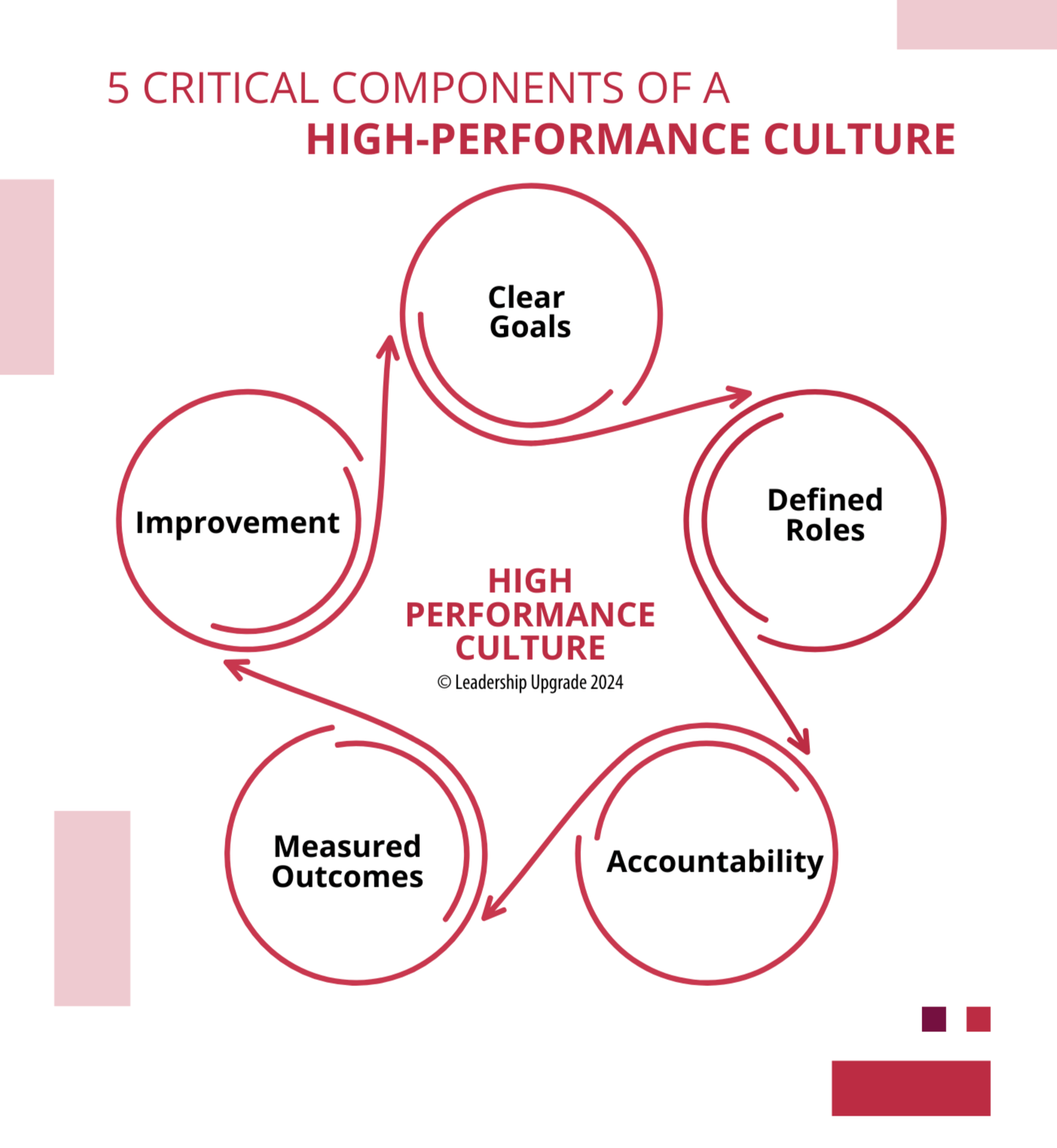
Lets explore each component in some more detail...
COMPONENT 1
Setting a Clear Goal
Effective leaders start with a well-defined vision and objectives.

WHY?
This clarity ensures that everyone understands the direction and purpose. By aligning individual and team goals with the overall mission, leaders can inspire and motivate their teams to work towards a common objective, fostering a sense of purpose and unity.
KEY LEADERSHIP ACTIONS
- Define Objectives: Clearly articulate the organisation's objectives and goal.
- Align Individual Agendas to the Shared Mission: Ensure that team and individual goals synchronise with the overarching mission.
COMPONENT 2
Clarifying Roles and Responsibilities
Clear roles and responsibilities are crucial for operational efficiency and team cohesion.

WHY?
Leaders must communicate each team member's role and expectations, ensuring there is no ambiguity. Understanding interdependencies and promoting collaboration are key to avoiding overlaps and ensuring that everyone contributes effectively to the organisation's success.
KEY LEADERSHIP ACTIONS
- Define Clear Roles and Expectations: Clearly outline the specific roles and expectations for each team member, ensuring everyone understands their responsibilities and how they contribute to the overall objectives.
- Promote Collaboration and Interdependency Awareness: Encourage team members to work closely together, understanding how their roles and tasks interconnect to achieve common goals.
COMPONENT 3
Establishing Accountability
Accountability is the cornerstone of a high-performing culture.

WHY?
Leaders create a culture of responsibility by setting clear expectations and holding individuals accountable and giving them ownership of their tasks and outcomes. This involves implementing mechanisms for tracking progress, providing constructive feedback, and addressing issues promptly. A culture of accountability encourages ownership and drives performance.
KEY LEADERSHIP ACTIONS
- Monitoring of Outputs: Establish mechanisms to detect whether key outputs have been achieved, ensuring that responsibilities are met and issues are addressed promptly.
- Own and Solve Problems: Encourage individuals to take direct responsibility for problems, focusing on resolving issues themselves rather than shifting blame or passing them to others.
COMPONENT 4
Regular Measurement of Outcomes
To sustain high performance, leaders must regularly measure outcomes using key performance indicators (KPIs).

WHY?
These metrics provide valuable insights into progress and performance, allowing leaders to make informed decisions and adjustments. Data-driven decision-making ensures that the organisation remains on track to achieve its goals and can swiftly adapt to changing circumstances.
KEY LEADERSHIP ACTIONS
- Develop and Utilise KPIs: Identify and implement key performance indicators to consistently monitor progress.
- Assess and Act on Data: Regularly evaluate the data collected from KPIs to assess the effectiveness of activities and make necessary adjustments to improve outcomes.
COMPONENT 5
Continuous Improvement
High-performing cultures are characterised by a commitment to continuous improvement.

WHY?
Leaders foster a culture of learning and development, encouraging innovation and the adoption of best practices. By embracing feedback and promoting ongoing development, leaders ensure that their teams remain agile, resilient, and capable of achieving sustained success.
KEY LEADERSHIP ACTIONS
- Upgrade Ineffective Practices: Identify and replace processes or practices that are not delivering results, even if they have been long-standing traditions.
- Pursue Excellence Relentlessly: Replace merely good practices with great ones, constantly seeking ways to enhance performance and achieve higher standards.
THE IMPACT OF THE 5 COMPONENTS
The below statistics underscore the importance of each component in driving a high-performing culture and provide evidence-based support for their implementation.

Statistics from https://bucketlistrewards.com/blog/employee-statistics/
SUMMARY
Creating and maintaining a high-performing culture is a multifaceted process that requires deliberate actions and a strategic approach.
Great leaders drive productivity by setting clear goals, clarifying roles, establishing accountability, measuring outcomes, and fostering continuous improvement. By focusing on these critical components, leaders can build a culture that not only meets but exceeds organisational objectives, resulting in a motivated, engaged, and high-performing workforce.
This model offers versatile and actionable strategies to cultivate a high-performing culture in any environment—be it the workplace, home, family, or community. By implementing these components, you can create a proactive and intentional culture that supports high performance and drives success in any environment.
NEXT STEPS

Take the next step in building your high performing team.
We can help you translate the concepts in this guide into reality for your leadership situation.
Book a call to turn your current culture, into a high-performing culture today.
DOWNLOAD THE GUIDE
If you would like a PDF copy of this post, simple click the button below.
MORE ABOUT US
At Leadership Upgrade, we believe great leaders are made, not born, and provide the tools, support and training to take your leadership to the next level.
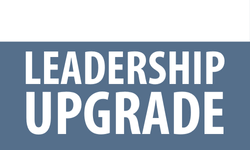
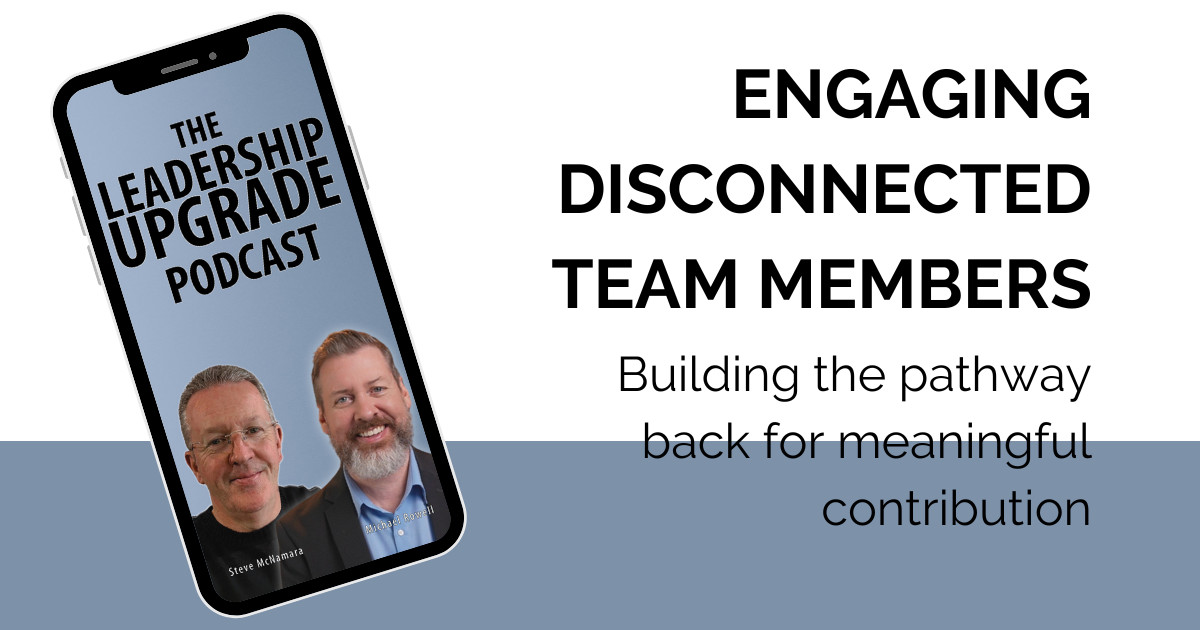


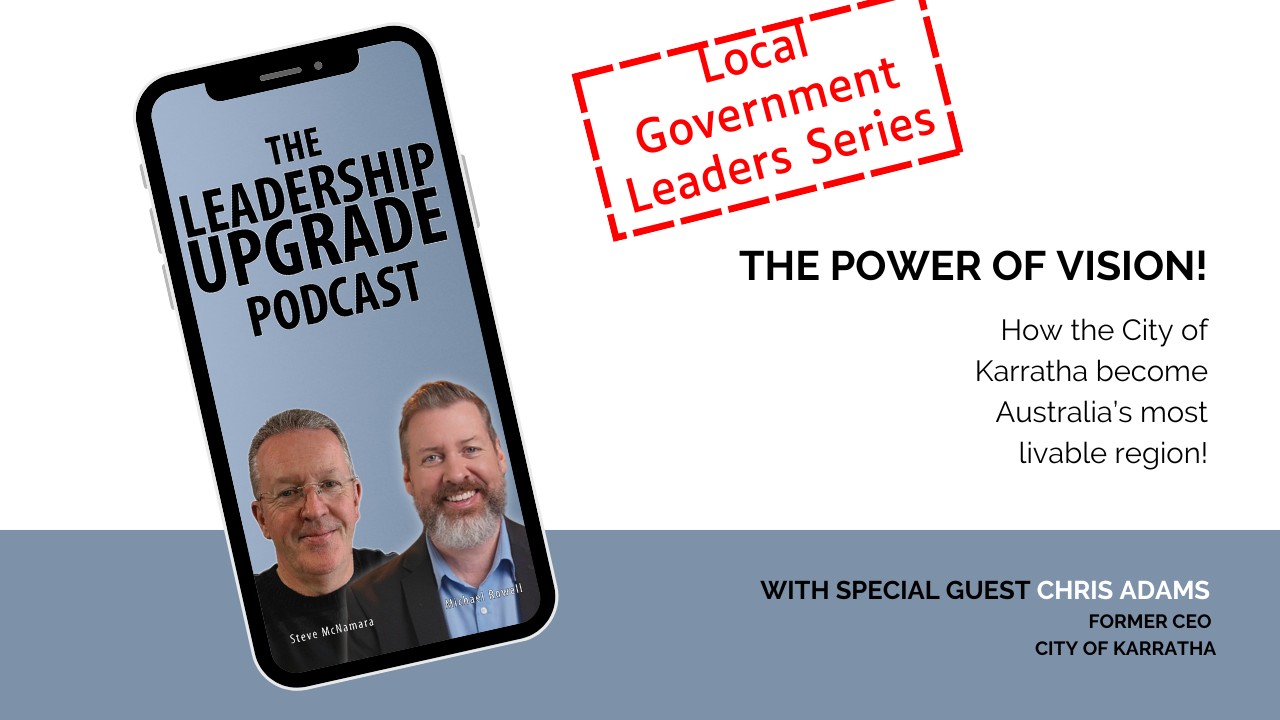
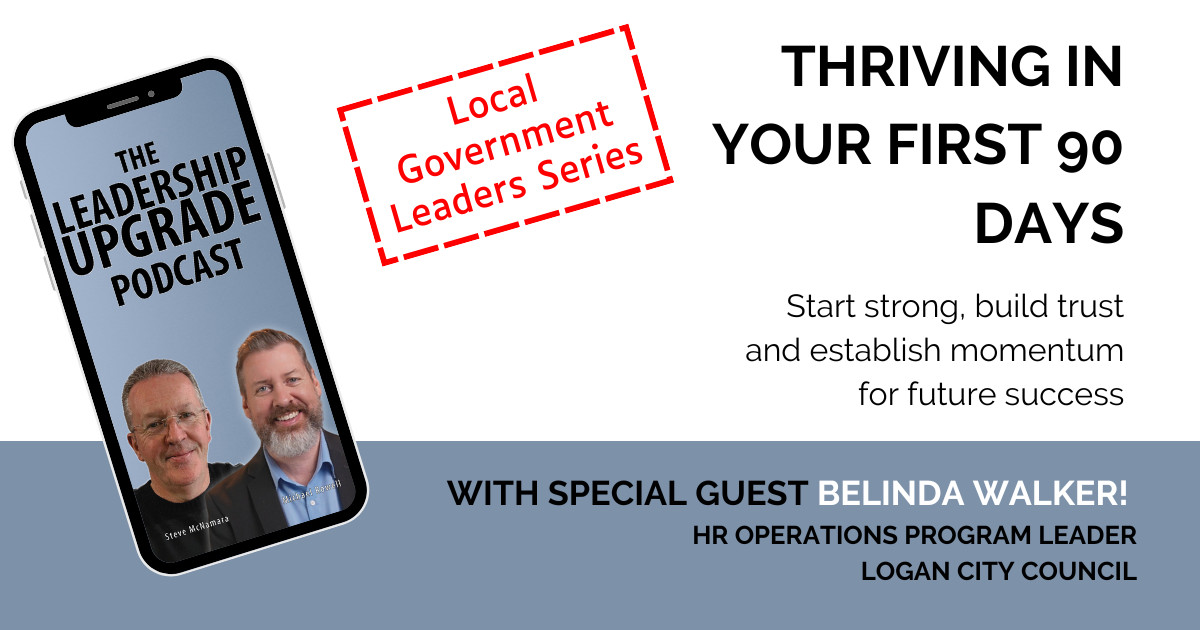








0 Comments